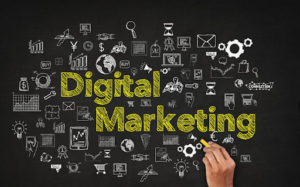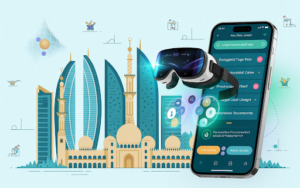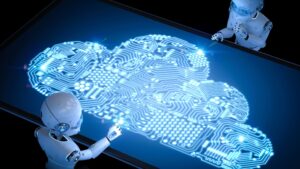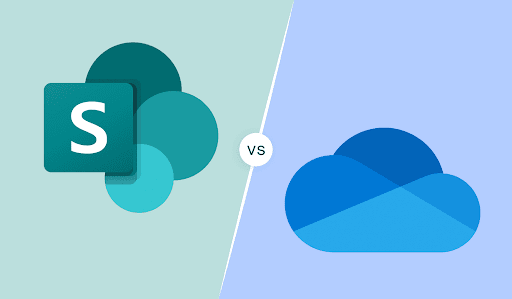In the ever-evolving landscape of technology, two prominent trends, MLOps (Machine Learning Operations) and Generative AI, are set to redefine the way organizations approach artificial intelligence (AI) in 2024. These transformative technologies hold the potential to revolutionize the way businesses operate, innovate, and deliver value. Let’s delve into how MLOps and Generative AI are poised to become game-changers in the coming year.
MLOps: Bridging the Gap between Development and Operations
MLOps is the natural progression of DevOps principles applied to machine learning. It aims to streamline the end-to-end machine learning lifecycle, addressing challenges associated with collaboration, deployment, monitoring, and management of machine learning models. In 2024, MLOps is expected to become a critical component of organizations’ AI strategies, providing a structured framework for the efficient deployment and maintenance of machine learning models.
1. Collaboration and Communication:
MLOps fosters collaboration between data scientists, machine learning engineers, and operations teams. This collaborative approach ensures a smooth transition from model development to deployment, reducing silos and accelerating the pace of innovation. With integrated tools and workflows, teams can work seamlessly, sharing insights, and iterating on models with greater efficiency.
2. Automated Deployment and Monitoring:
Automation lies at the heart of MLOps, automating the deployment and monitoring of machine learning models. This not only accelerates the time-to-market for Artificial Intelligence solutions but also enhances the scalability and reliability of models in production. Automated monitoring ensures that models continue to perform optimally, and any deviations trigger proactive responses.
3. Scalability and Reproducibility:
As AI applications scale, MLOps provides the infrastructure and processes to handle increased workloads seamlessly. Reproducibility, a key concern in machine learning, is addressed by MLOps through version control, making it possible to reproduce experiments and results consistently. This not only aids in model governance but also ensures the reliability of AI solutions.
4. Model Governance and Compliance:
In 2024, regulatory frameworks around AI are expected to evolve, emphasizing the importance of model governance and compliance. MLOps facilitates the establishment of robust governance practices, ensuring models adhere to ethical standards, privacy regulations, and other compliance requirements.
Generative AI: Unlocking Creativity and Innovation
Generative AI, a subset of artificial intelligence that focuses on creating new content, images, text, or even entire scenarios, is poised to unleash a wave of creativity and innovation in 2024. This technology goes beyond traditional AI, enabling machines to generate content that is not merely data-driven but also inventive and imaginative.
1. Creative Content Generation:
Generative AI algorithms, such as GPT (Generative Pre-trained Transformer) models, are becoming increasingly sophisticated, allowing for the creation of high-quality, human-like text and media. This has transformative implications for content creation, advertising, and even entertainment, where AI-generated content can complement and enhance human creativity.
2. Personalized Experiences:
In 2024, businesses are set to leverage Generative AI to deliver highly personalized experiences to users. From personalized product recommendations to tailored content and interactive interfaces, generative models can analyze user behavior and preferences to generate content that resonates on an individual level, enhancing user engagement and satisfaction.
3. Innovation in Design and Architecture:
Architects and designers are embracing Generative AI to explore innovative design possibilities. Generative design algorithms can rapidly generate and evaluate numerous design iterations, considering parameters such as materials, cost, and structural integrity. This not only accelerates the design process but also leads to the discovery of novel solutions that may not be immediately apparent through traditional methods.
4. Human-AI Collaboration:
Generative AI is not about replacing human creativity but augmenting it. In 2024, we can expect to see increased collaboration between humans and AI in creative endeavors. Artists, writers, and musicians can use generative models as powerful tools to inspire new ideas, explore uncharted territories, and push the boundaries of their respective fields.
The Synergy of MLOps and Generative AI
The convergence of MLOps and Generative AI is a potent force that promises to reshape industries across the board. MLOps ensures the seamless integration of machine learning models into operational workflows, while Generative AI adds a layer of creativity and innovation to the solutions delivered by these models.
1. Continuous Improvement and Innovation:
MLOps facilitates the continuous improvement of machine learning models, ensuring they adapt to changing conditions and evolving user needs. When combined with Generative AI, organizations can unlock new dimensions of innovation, generating novel ideas and creative solutions that go beyond incremental improvements.
2. Dynamic and Adaptive Systems:
The combination of MLOps and Generative AI creates dynamic and adaptive systems that can learn, evolve, and innovate in real-time. This agility is crucial in today’s fast-paced business environment, where the ability to adapt quickly to changing circumstances can be a key differentiator.
3. Accelerated Development Cycles:
By automating and streamlining the machine learning lifecycle, MLOps accelerates development cycles. When coupled with the creative capabilities of Generative AI, organizations can experiment with new ideas rapidly, shortening the time it takes to bring innovative products and services to market.
In conclusion, as we stand on the cusp of 2024, the synergy between MLOps and Generative AI promises to be a game-changer. Organizations that harness the power of these technologies will not only optimize their machine learning workflows but also unlock unprecedented levels of creativity and innovation. The future belongs to those who can seamlessly blend the operational efficiency of MLOps with the boundless creativity of Generative AI, paving the way for a new era in artificial intelligence.











